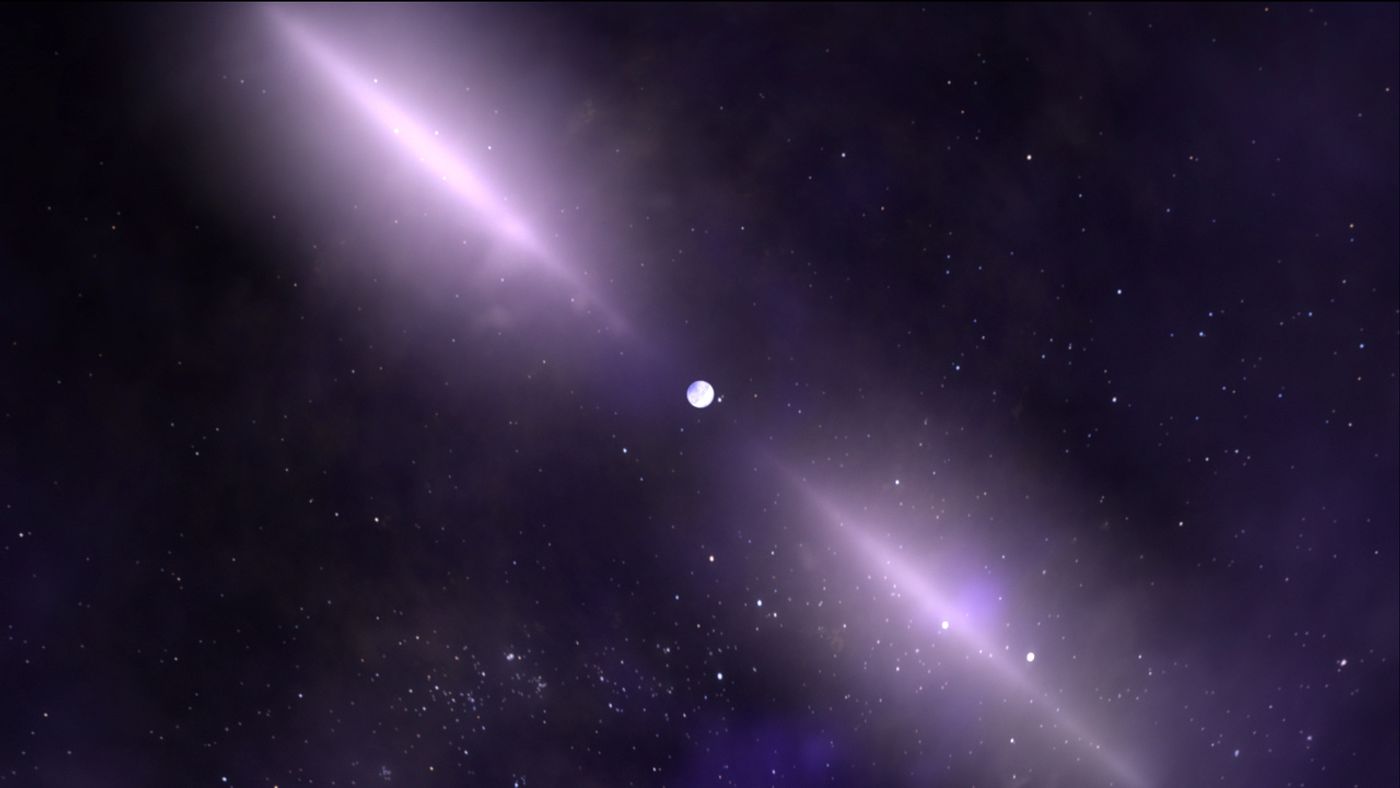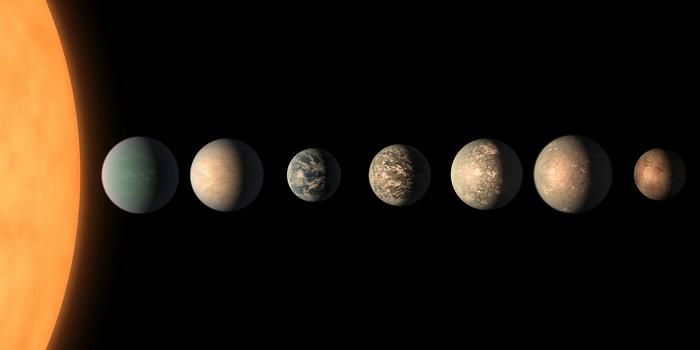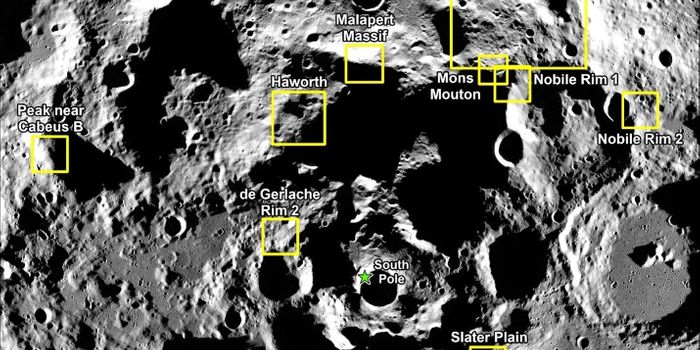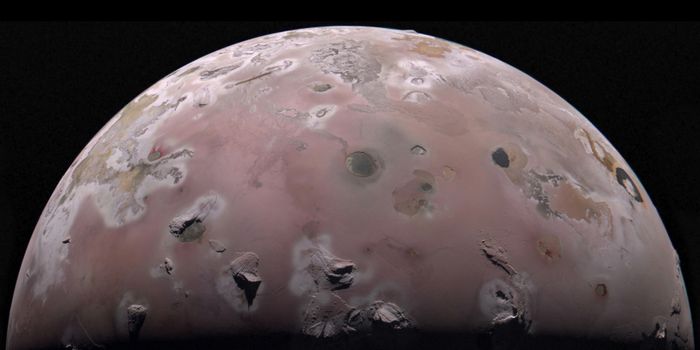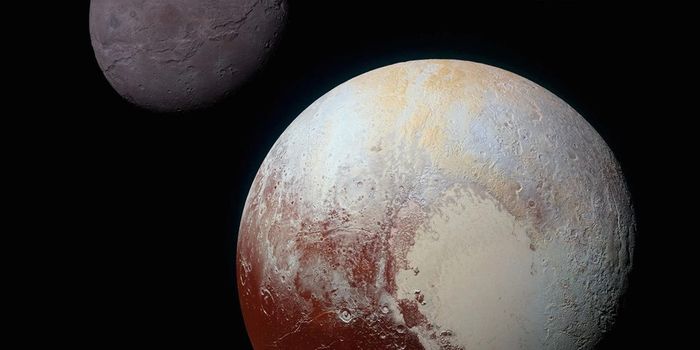What is a pulsar?
We’ve all seen lighthouses on Earth, a spinning light atop a tower that is meant to keep ships from coming to close ashore at night. These lighthouses are designed to keep ships away and out of danger, but did you know that the universe has its own version of a lighthouse? These are called pulsars, which are rapidly spinning neutron stars with extremely strong magnetic fields, which also means they give off extremely high levels of radiation. Much like the lighthouses on Earth that are designed to keep ships away, pulsars are also coincidentally meant to keep objects away, as well.
Like most celestial objects, pulsars have poles, and when they’re faced towards Earth, we can see the rotating light pulses these mysterious objects emit, hence their given name. The first pulsar was discovered by Professor Dame Jocelyn Bell in 1967 when she was a PhD student at the University of Cambridge.
As stated, pulsars are rapidly spinning neutron stars, with the latter being an extremely dense, collapsed core of an exploded star that went supernova, and can range in size from 1.4 to twice the size of our own Sun. It is because of this that scientists study pulsars, as they help us learn more about the physics of neutron stars. This includes observing the how the pulses change over time, which indicates some type of celestial event is happening in the surrounding space.
Along with its lighthouse-like features and teaching us about neutron stars, pulsars are also responsible for scientists discovering the first exoplanets, also known as pulsar planets. While this might seem intriguing for finding life beyond Earth, it is highly unlikely life can survive on these planets due to the aforementioned high levels of radiation the pulsar emits.
Sources: EarthSky, University of Cambridge, EarthSky (2), National Schools’ Observatory, Space Australia
As always, keep doing science & keep looking up!
